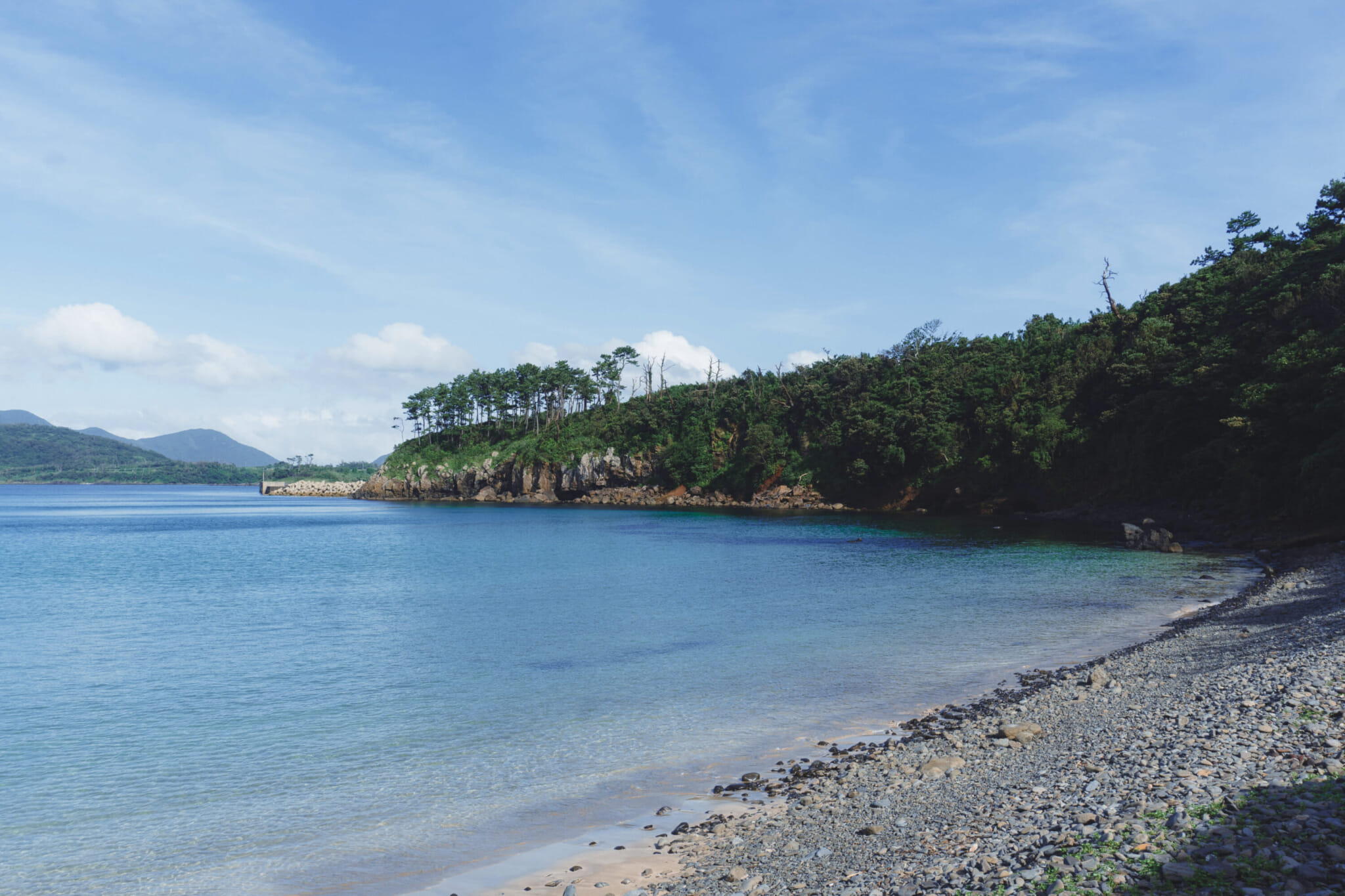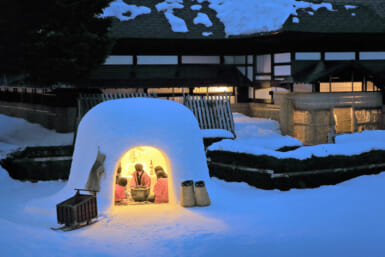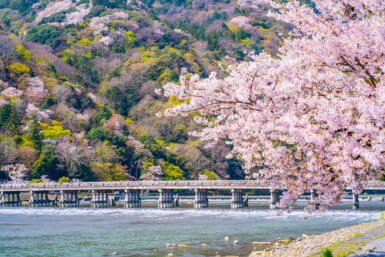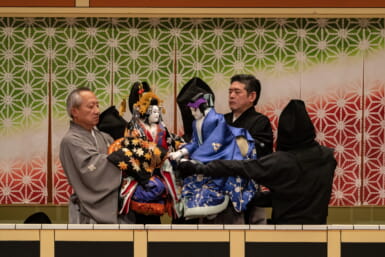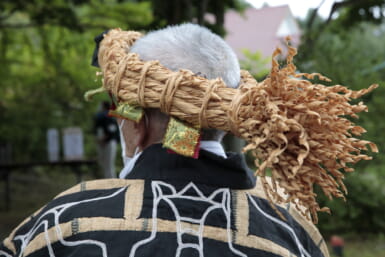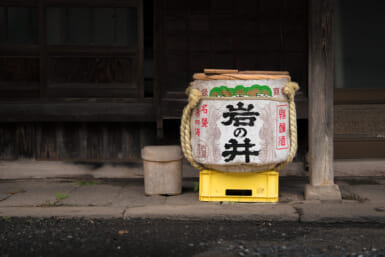Nagasaki is the prefecture with the most islands in all of Japan, boasting well over 500 of them. In addition to larger, populated islands like Tsushima and the Goto Islands, it contains several uninhabited islets, each with its own distinct charms. But whether inhabited or not, each of Nagasaki’s islands is rife with stunning natural landscapes and with historical significance, as the prefecture served as the historic refuge for Hidden Christians and the entrance to Japan when the country was still closed off to much of the world.
Here’s a rundown of some of our favorite islands in Nagasaki, and what to see, do and eat on each one.
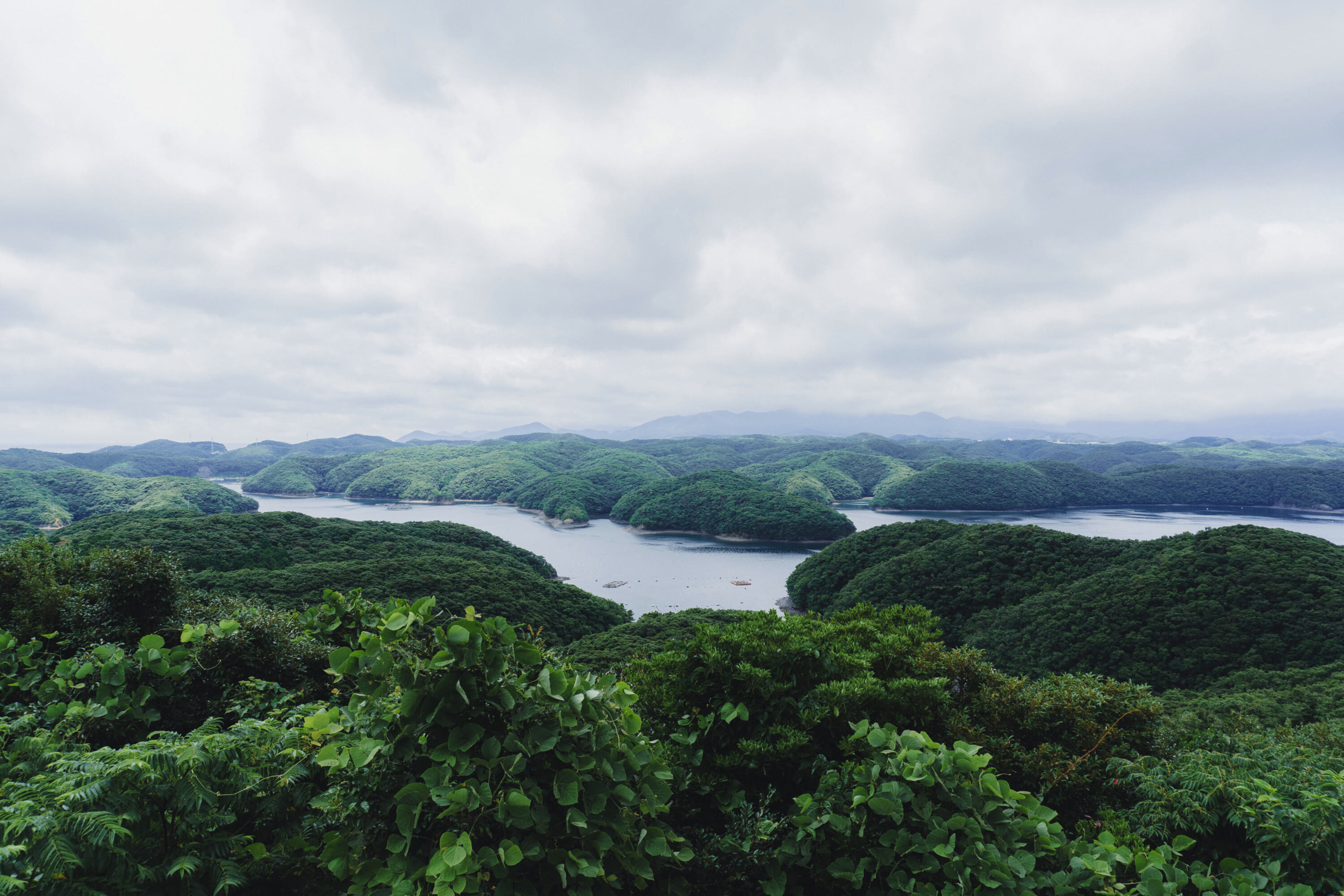
Tsushima Island
Tsushima has recently seen a boom in popularity because of the action-adventure video game Ghost of Tsushima; the majestic scenery from the game draws heavy inspiration from the real-life island. Tsushima is packed with sights and activities — Mount Shiratake is a popular destination, as is Banshoin Temple, which has historically significant artifacts, including mortuary tablets of the Tokugawa family and a gift from the Korean royal family; it also contains one of the three great graves of Japan. Visitors can also experience a local sake brewery, striking views of the shorelines of Aso Bay and, of course, turquoise beaches perfect for diving and kayaking. Tsushima has great accommodation options near the airport, including Hotel Jin, a traditional Japanese home-turned-modern designer hotel.
How To Get to Tsushima Island: Tsushima is a 30-minute flight from Nagasaki Airport. It’s also accessible by boat: From Hakata Ferry Terminal in Fukuoka, it takes 2 hours and 15 minutes via high-speed ship, and around 4 and a half hours via ferry. Additionally, it’s a 70-minute high-speed boat ride from Busan.
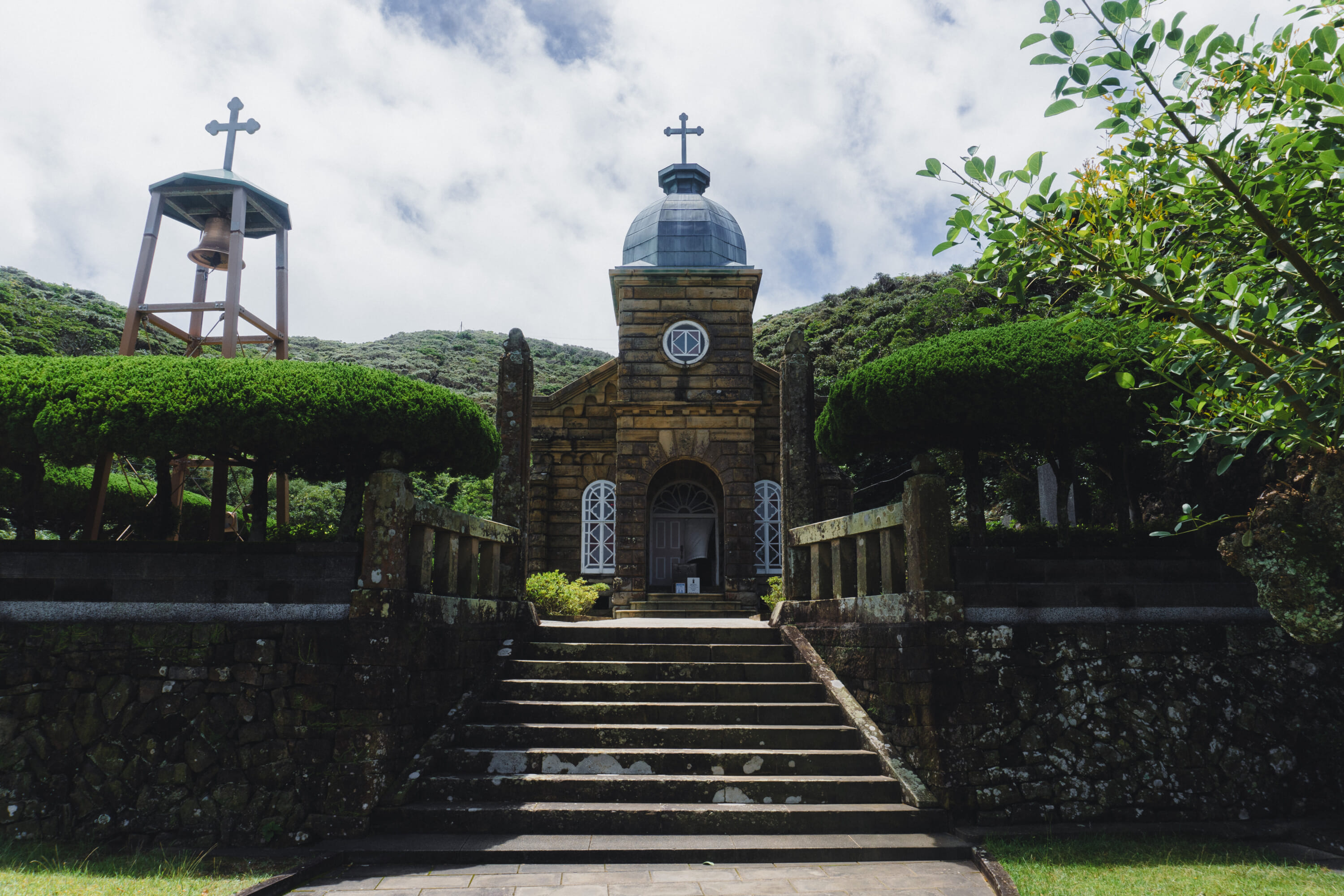
Goto Islands
We can’t talk about the islands of Nagasaki without mentioning the Goto Islands. Despite translating to “five islands,” Goto is actually made up of around 140 islands, and it has multiple beaches that rank within Japan’s top 100 beaches. Not only is Goto known for its stunning white sand and emerald waters, it also is a historically sacred spot as a location where many Christians sought refuge after the Edo-era ban on the religion. The islands have over 50 churches, several of which are designated as World Heritage sites.
Goto is a perfect place for an active vacation, with ample options for cycling, fishing and kayaking; it can also serve as an idyllic getaway, with picture-perfect spots like the Osezaki Lighthouse and many rocky shorelines.
How To Get to the Goto Islands: The Goto Islands can be reached by ferry from Nagasaki, or by flights from Nagasaki and Fukuoka. The flight from Nagasaki Airport to Fukue Airport takes around 40 minutes.
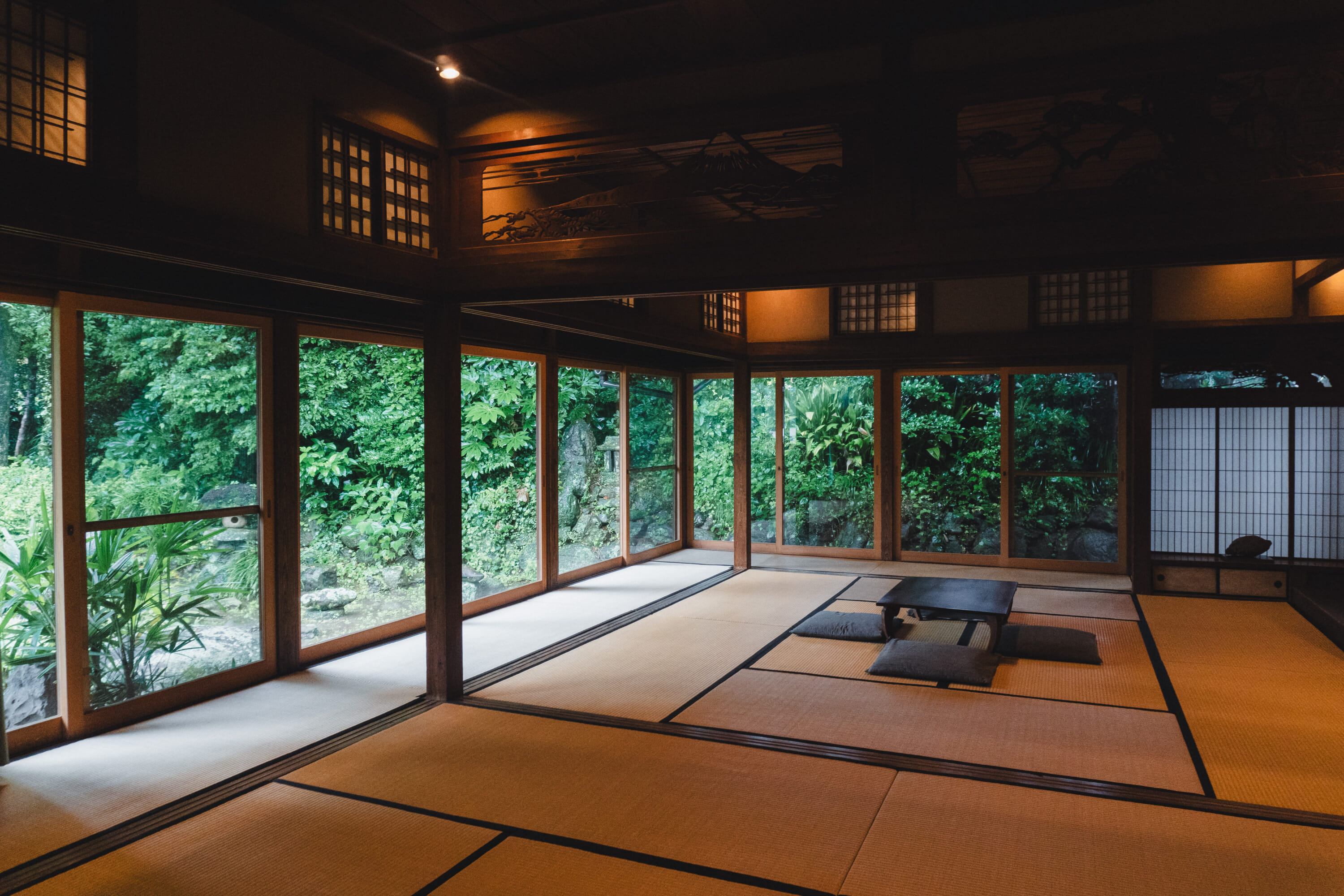
Ojika Island
If you’re looking for a tourist destination that’s lesser known and bursting with quaint, fisherman village charm, you’ve met your match with Ojika Island. A 90-minute boat ride from the mainland’s Sasebo Port, this small island is full of kominka, or traditional folk houses, which have been converted into stores, restaurants and hotels. The island has only around 2,000 inhabitants, making for a very close-knit community. Many of the island’s residents have protected their historical homes and carried on their family businesses, like the traditional mechanical printing shop Ojikappan, where you can make your own postcard as a unique souvenir.
For a fun day trip, you can visit Nozaki Island with a short ferry ride from Ojika, and explore former churches and shrines surrounded by lush grass fields and volcanic formations. Ojika also has some breathtaking beaches that feel practically private.
How To Get to Ojika Island: Ojika Island is accessed by boat — either from Sasebo Port in Nagasaki, Hakata Port in Fukuoka or via the Goto Islands.
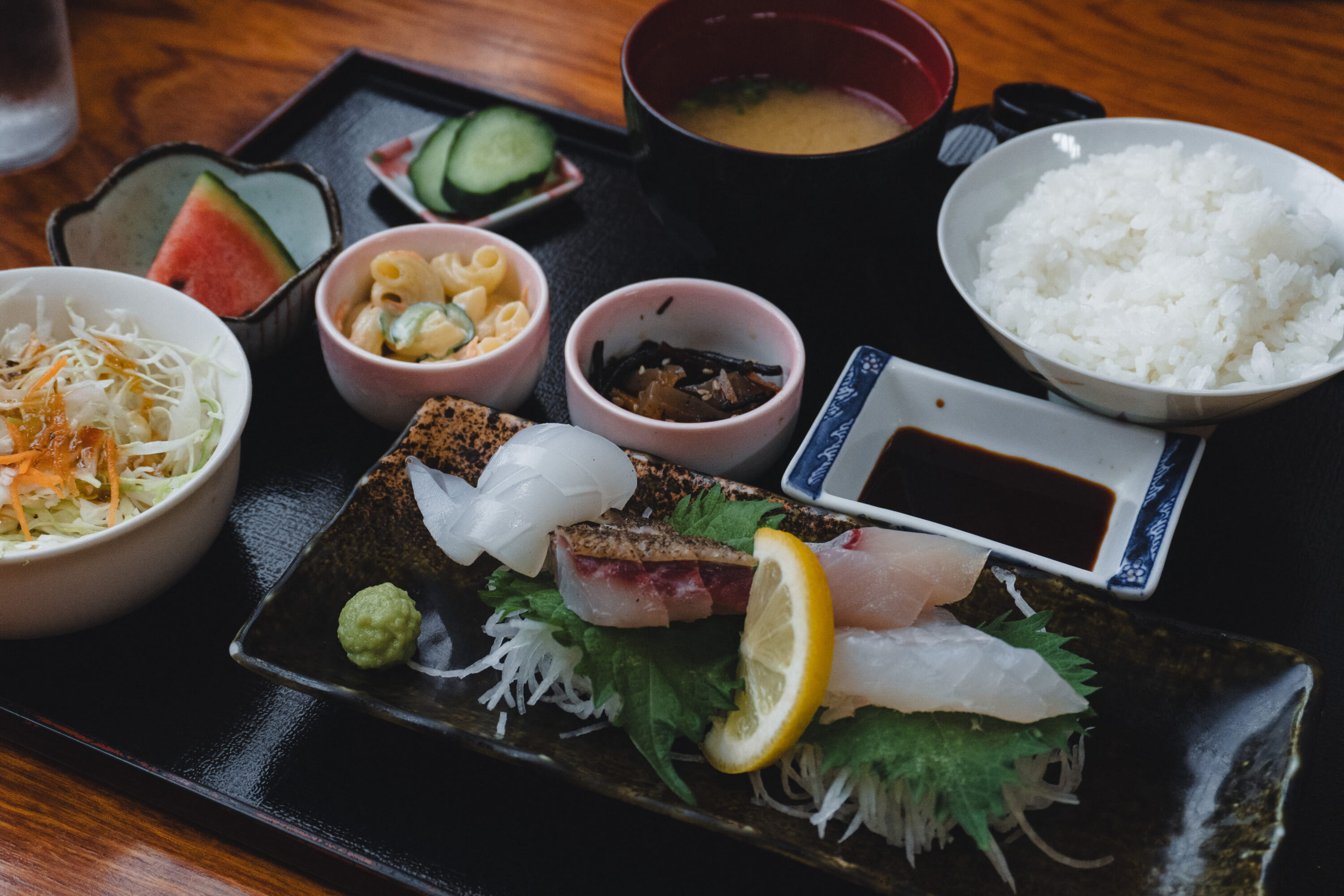
Local Cuisine and Culture in the Islands of Nagasaki
Because of the lush nature and tropical climate of the Nagasaki islands, the local cuisine and produce are a major highlight. Of course, there’s the seafood — everything from sashimi to abalone is unimaginably fresh and delicious. Tsushima in particular has incredible anago eel which can be enjoyed raw because of how fresh it is.
The Goto Islands are famous for their Goto udon, a thin and elastic noodle dish with a complex production system native to the island. Goto udon doesn’t use any preservatives; instead, it uses camellia oil, another island specialty, to increase shelf life. The islands are also home to some of Japan’s best wagyu beef, including Goto beef, which has a fantastic fat-to-meat ratio for a delicate mouthfeel.
Because of their southern location, tropical climate and their unique religious and geographical history, the Nagasaki islands offer an abundance of unforgettable experiences, and they have a culture distinct from the rest of Japan. Adding one — or many – of the islands to your Kyushu adventures is a wonderful way to see another side of Japan, soaking in natural beauty and culture that can’t be appreciated anywhere else.

